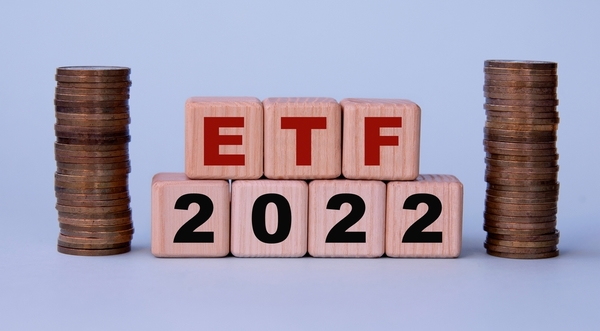2022 has made for a challenging environment where exchange-traded fund (ETF) providers are tasked with deciding whether or not to introduce new products to the marketplace. The growth of ETFs, despite the economic challenges, has shown their maturity as an investment vehicle.
The decade-long bull run brought a number of ETFs to the marketplace, including the rise of thematic funds and environmental, social, and governance (ESG) funds. Given this, it might seem that the growth of ETFs, particularly those that are actively managed, can only occur during times of market prosperity, but 2022 has challenged that notion according to Ju-Hon Kwek, senior partner at McKinsey.
Kwek says active ETFs have “come of age” with a number of products hitting the marketplace despite the overall drop in the broad stock market. Furthermore, Kwek identified that outflows from active mutual funds were later followed up by inflows into ETFs that can offer the same strategy with greater cost-effectiveness.
One of the reasons for this, Kwek noted, is the need for tax loss harvesting. This strategy entails selling mutual funds in order to incur a loss to avoid capital gains taxes and then funneling the proceeds into ETFs where investors can take advantage of lower fees and more tax advantages.
As part of its lineup of active ETFs, T. Rowe Price offers a suite of actively managed equity ETFs, including the *T. Rowe Price Blue Chip Growth ETF (TCHP ), the T. Rowe Price Dividend Growth ETF (TDVG ), the T. Rowe Price Equity Income ETF (TEQI ), the T. Rowe Price Growth Stock ETF (TGRW ), and the T. Rowe Price US Equity Research ETF (TSPA )*.
One of the highlights of T. Rowe Price’s active ETFs is their cost effectiveness. While the vast majority of investors may think active management comes with a high price tag, TCHP, for example, comes with a relatively low expense ratio of 57 basis points.
Investors can also opt for active bond exposure with the T. Rowe Price QM U.S. Bond ETF (TAGG ) that puts a bond portfolio in the hands of proven professionals. TAGG seeks to outperform the Bloomberg U.S. Aggregate Bond Index, which is broadly diversified, containing a mix of investment-grade, fixed income instruments that have varying maturity dates.
T. Rowe Price has been in the investing business for over 80 years, conducting field research firsthand with companies, utilizing risk management strategies, and employing a bevy of experienced portfolio managers carrying an average of 22 years of experience.
For more news, information, and analysis, visit the Active ETF Channel.

